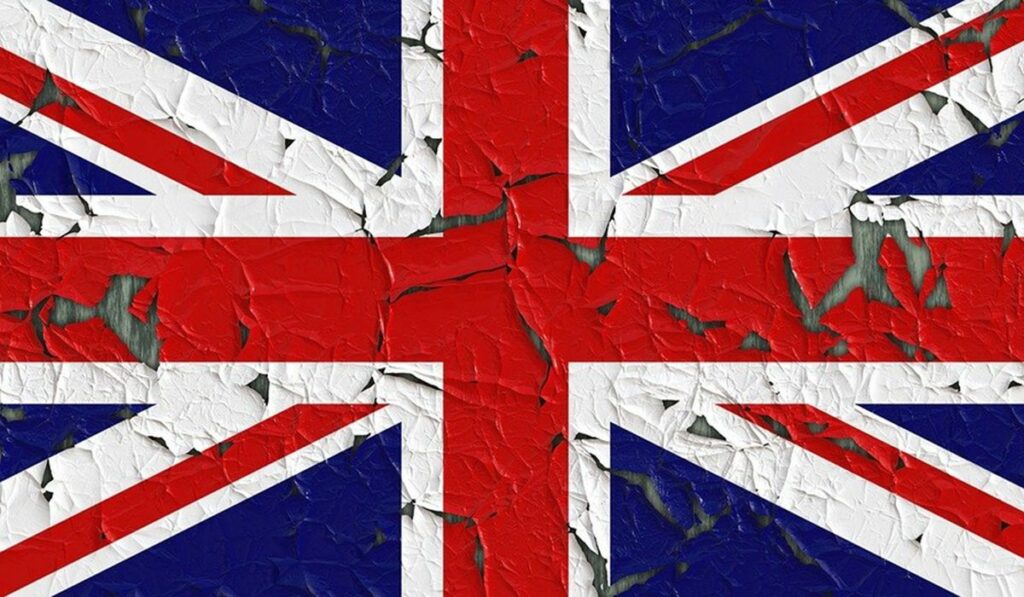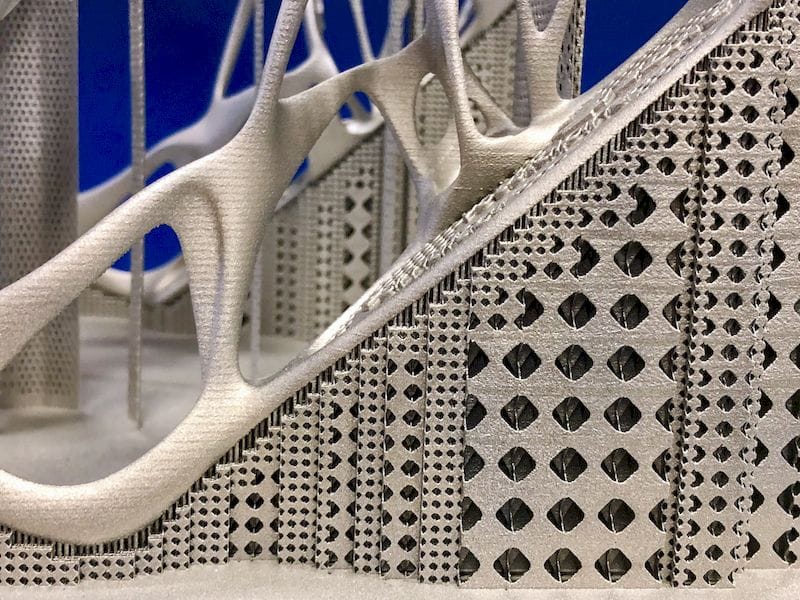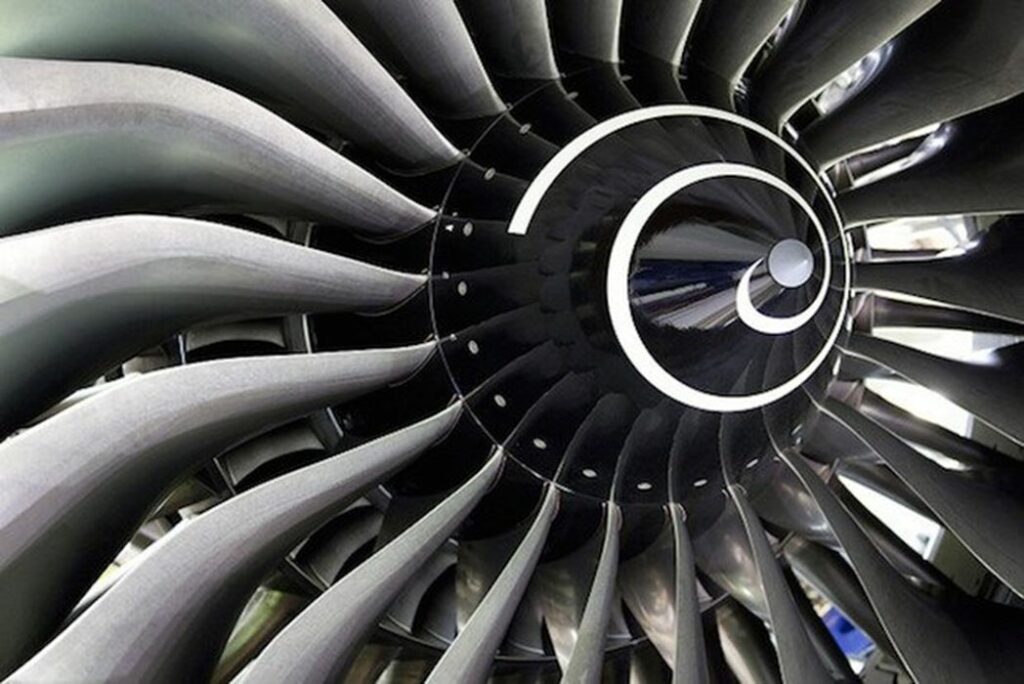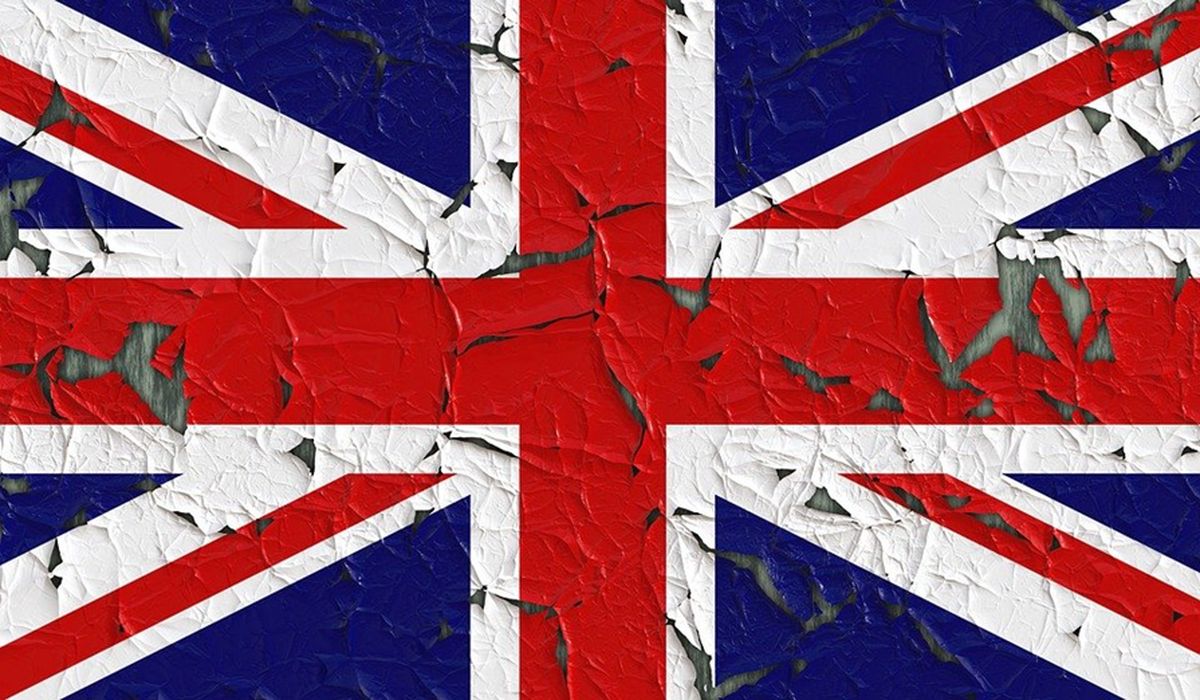
Charles R. Goulding and Preeti Sulibhavi look at how 3D printing technology could assist the UK economy.
The June 11th thru the 17th 2022 edition of the Economist contains the first of a series of articles on declining UK productivity. The Economist calls Britain a “stagnation nation.” Prospective Economist issues are supposed to include some planning ideas for improving technology. 3D printing is globally recognized as a technology that can improve design and performance, as well as increase production efficiency.

We have previously written about some leading UK companies with 3D printing expertise including BAE, Rolls-Royce and Renishaw. The resurgence of the airline industry should benefit BAE and Rolls-Royce.
BAE Systems is looking to utilize many different Industry 4.0 technologies at the company’s Factory of the Future, located at its aircraft manufacturing site in Warton, Lancashire where the Advanced Manufacturing Research Centre (AMRC), Digital Catapult, Miralis Data, MTT, Three, and IBM are working alongside BAE Systems on its contribution to producing the Tempest, a sixth generation optionally-manned stealth fighter. BAE has stated that 30% of components for the Tempest will be produced using 3D printers.

Renishaw has recently declined to be acquired and should be able to focus on organic growth. Renishaw has created a world-leading metal 3D printing system optimized for manufacturing dental devices and components.
We have also covered several 3D printing accomplishments in Scotland. One of the explanations for the UK productivity decline is due to lower R&D spending per capita than its Western economy peers. Other contributing factors are lower numbers of engineering resources and welding skills.
The UK also has poor performance with university to industry tech conversion. 3D printing makerspaces are present in most U.S. universities with technology programs.
The Research & Development Tax Credit
The now permanent Research and Development (R&D) Tax Credit is available for companies developing new or improved products, processes and/or software.
3D printing can help boost a company’s R&D Tax Credits. Wages for technical employees creating, testing, and revising 3D printed prototypes can be included as a percentage of eligible time spent for the R&D Tax Credit. Similarly, when used as a method of improving a process, time spent integrating 3D printing hardware and software counts as an eligible activity. Lastly, when used for modeling and preproduction, the costs of filaments consumed during the development process may also be recovered.
Whether it is used for creating and testing prototypes or for final production, 3D printing is a great indicator that R&D Credit eligible activities are taking place. Companies implementing this technology at any point should consider taking advantage of R&D Tax Credits.
Conclusion
It’s good that the UK is beginning to confront the productivity challenge, and the first step in addressing weakness is to identify the problem. The UK does have many 3D printing success stories, and the county needs to leverage these accomplishments with expanded University programs and increased commercial R&D funding. The 3D printing industry needs to be part of the improved productivity solution process.

